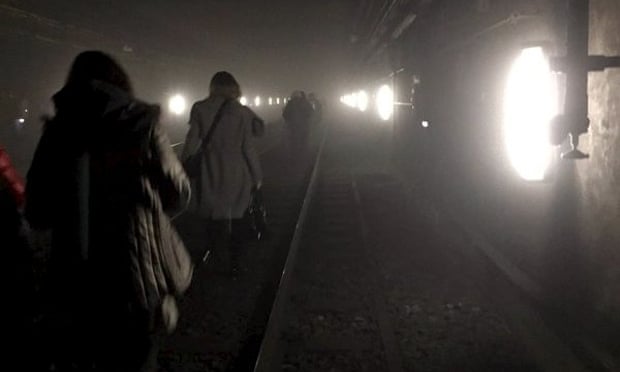
Summary:
If you looked across social media as news of the Brussels attacks unfolded, you would have seen that within minutes of the first reports of explosions at Zaventem airport, people were lashing out. And plenty of the lashing out was at journalists, especially those contacting members of the public to see if images they had posted of the attack were available for re-use. Breaking news situations and social media are an ongoing ethical challenge for journalists. There’s clearly a public interest in reproducing the images, and it seems surely preferable to contact a witness and ask them for permission to use their images with a credit, rather than just ripping them off and using them anyway. The proliferation of cameras in people’s hands, embedded in their phones, connected to the web, has changed reporting of events like Brussels. News organisations no longer have to rely on professional photographers or camera people getting to the scene of a dramatic event several hours after it has happened, and getting some pictures of police tape cordoning off a place where something quite clearly isn’t happening any more. We now get footage of nearly every news event in western Europe or the US from someone near the scene almost instantly. It is a shift that has happened over the past decade.
Key data/statistical information:
- One of the most iconic images from London’s 7/7 bombings was of people moving through a tunnel along the tracks, taken by someone who had narrowly avoided the carnage
- It is instructive to think back to how 9/11 was covered, and how that would be different today
- Had that attack taken place in 2011, rather than 2001, it is almost certain that some of the 1st images journalists would have had would have been people in the south tower of the World Trade Center, taking photographs of the north tower in flames, and posting it to social media, unaware that United Airlines Flight 175 was at that moment on course to hit the building they were standing in
What's my view?
This ethical dilemma shows the rise in and new and digital media has its pros and cons. New and digital media has paved the way for citizen journalism which involves user generated content being produced by those who were at the scene of the incident. There seems to now be a debate on whether people need to ask permission when taking the owners user generated content of an event.
No comments:
Post a Comment